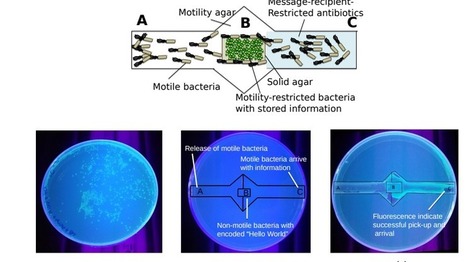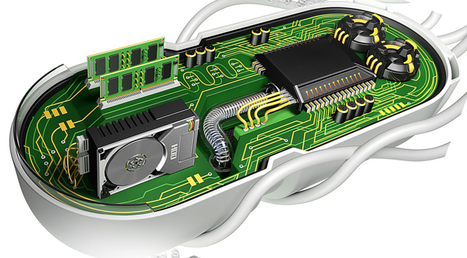Storing data in DNA is a lot easier than getting it back out
But a method bacteria use to swap genetic information could offer a way.
by Emerging Technology from the arXiv January 26, 2018
Humanity is creating information at an unprecedented rate—some 16 zettabytes every year (a zettabyte is one billion terabytes). And this rate is increasing. Last year, the research group IDC calculated that we’ll be producing over 160 zettabytes every year by 2025.
All this data has to be stored, and as a result we need much denser memory than we have today. One intriguing solution is to exploit the molecular structure of DNA. Researchers have long known that DNA can be used for data storage—after all, it stores the blueprint for making individual humans and transmits it from one generation to the next.
What’s impressive for computer scientists is the density of the data that DNA stores: a single gram can hold roughly a zettabyte.
Learn more / En savoir plus / Mehr erfahren:
https://www.scoop.it/t/21st-century-innovative-technologies-and-developments/?&tag=DNA



 Your new post is loading...
Your new post is loading...









Learn more / En savoir plus / Mehr erfahren:
https://www.scoop.it/t/21st-century-innovative-technologies-and-developments/?&tag=DNA